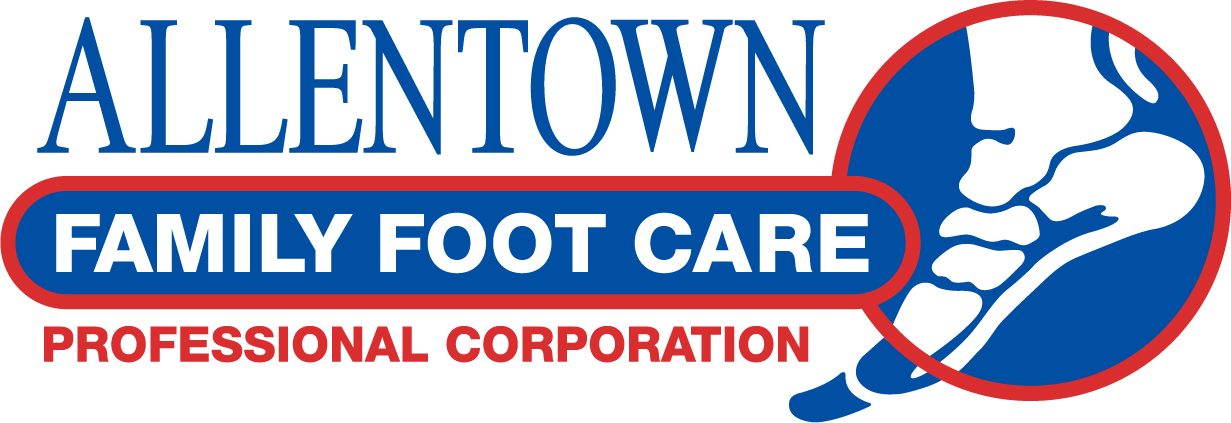Children's Foot and Ankle Care
Proper foot and ankle care is crucial for children’s overall health and development. As they grow and become more active, their feet undergo significant changes that can impact their mobility, posture, and overall well-being. Understanding the unique needs of children’s feet and ankles is essential for podiatrists to provide comprehensive care and address any concerns that may arise.
Developmental Considerations:
Children’s feet are not simply miniature versions of adult feet. They undergo a complex process of growth and development, which includes:
Formation of Arches: Children are born with flat feet, and their arches gradually develop over time, usually by the age of 6 to 8.
Bone Growth: Bones in children’s feet are still developing and may be more susceptible to injuries or abnormalities.
Gait Patterns: Children’s walking patterns may vary as they develop, and some may exhibit natural variations that resolve over time.
Shoe Fit: Properly fitting shoes are essential for supporting growing feet and preventing deformities or discomfort.
Common Conditions in Children’s Feet:
Flat Feet (Pes Planus): Flat feet are common in children and usually resolve as the arches develop. However, some children may experience pain or other symptoms associated with flat feet.
Ingrown Toenails: Improper trimming or tight shoes can lead to ingrown toenails, which can cause pain and infection.
Plantar Warts: Children may develop plantar warts, which are caused by the human papillomavirus (HPV) and can be painful if left untreated.
Sever’s Disease: Also known as calcaneal apophysitis, Sever’s disease is a common cause of heel pain in active children, particularly those involved in sports.
Importance of Early Intervention:
Early detection and treatment of foot and ankle issues in children are crucial for preventing long-term complications and promoting healthy development. Podiatrists play a vital role in:
Assessment and Diagnosis: Conducting thorough evaluations to identify any abnormalities or concerns in children’s feet and ankles.
Treatment and Management: Implementing appropriate interventions, which may include orthotic devices, footwear recommendations, stretching exercises, or other conservative measures.
Education and Prevention: Providing guidance to parents and caregivers on proper foot care, including shoe selection, hygiene practices, and injury prevention strategies.
Collaboration with Other Healthcare Providers: Coordinating care with pediatricians, orthopedists, physical therapists, and other specialists to address complex issues comprehensively.
Conclusion:
Children’s feet and ankle care require specialized knowledge and expertise to ensure optimal growth and development. Team AFFC is uniquely trained to address the unique needs of pediatric patients and provide comprehensive care from infancy through adolescence. By prioritizing early intervention, education, and collaboration, podiatrists can help children maintain healthy feet and ankles, supporting their overall health and well-being as they grow and thrive.
